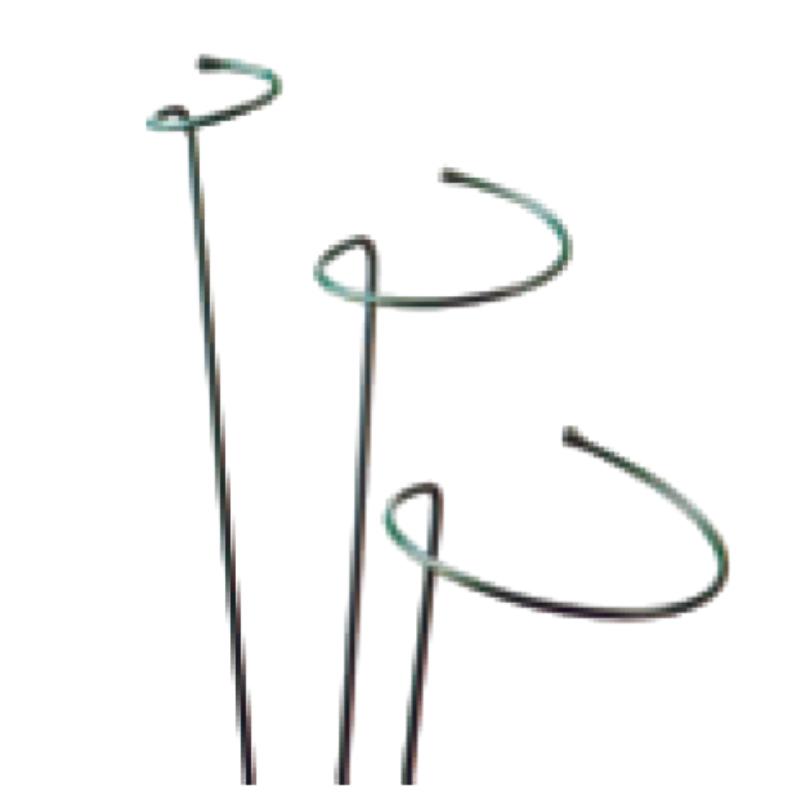-
בליצפּאָסט:zhao@hyliec.cn
-
תּל:+86 311 85273988
-
ווהאַצאַפּפּ:8613931128750
-
 אפריקאנער
אפריקאנער -
 אַלבאַניש
אַלבאַניש -
 אַמהאַריש
אַמהאַריש -
 אַראַביש
אַראַביש -
 ארמאניש
ארמאניש -
 אַזערביידזשאַניש
אַזערביידזשאַניש -
 באַסק
באַסק -
 בעלאָרוסיש
בעלאָרוסיש -
 בענגאַליש
בענגאַליש -
 באָסניש
באָסניש -
 בולגאַריש
בולגאַריש -
 קאַטאַלאַניש
קאַטאַלאַניש -
 סעבואַנאָ
סעבואַנאָ -
 קאָרסיקאַן
קאָרסיקאַן -
 קראָאַטיש
קראָאַטיש -
 טשעכיש
טשעכיש -
 דאַניש
דאַניש -
 האָלענדיש
האָלענדיש -
 ענגליש
ענגליש -
 עספּעראַנטאָ
עספּעראַנטאָ -
 עסטיש
עסטיש -
 פֿיניש
פֿיניש -
 פראנצויזיש
פראנצויזיש -
 פריזיש
פריזיש -
 גאליציאנער
גאליציאנער -
 גרוזיניש
גרוזיניש -
 דײַטש
דײַטש -
 גריכיש
גריכיש -
 גודזשאַראַטי
גודזשאַראַטי -
 Haitian Creole
Haitian Creole -
 hausa
hausa -
 האַוואַייאַן
האַוואַייאַן -
 העברעאיש
העברעאיש -
 ניין
ניין -
 Miao
Miao -
 אונגאַריש
אונגאַריש -
 איסלענדיש
איסלענדיש -
 igbo
igbo -
 אינדאָנעזיש
אינדאָנעזיש -
 איריש
איריש -
 איטאַליעניש
איטאַליעניש -
 יאַפּאַניש
יאַפּאַניש -
 יאַוואַנעזיש
יאַוואַנעזיש -
 קאַנאַדאַ
קאַנאַדאַ -
 קאַזאַך
קאַזאַך -
 כמער
כמער -
 רוואַנדאַן
רוואַנדאַן -
 קאָרעיִש
קאָרעיִש -
 קורדיש
קורדיש -
 קירגיזיש
קירגיזיש -
 טב
טב -
 לאַטייַן
לאַטייַן -
 לעטיש
לעטיש -
 ליטוויש
ליטוויש -
 לוקסעמבאָורג
לוקסעמבאָורג -
 מאַקעדאָניש
מאַקעדאָניש -
 מאלגאשי
מאלגאשי -
 מאַלייַיש
מאַלייַיש -
 מאַלייַאַלאַם
מאַלייַאַלאַם -
 מאלטיזיש
מאלטיזיש -
 מאַאָרי
מאַאָרי -
 מאַראַטהי
מאַראַטהי -
 מאָנגאָליש
מאָנגאָליש -
 מיאַנמאַר
מיאַנמאַר -
 נעפּאַליש
נעפּאַליש -
 נאָרוועגיש
נאָרוועגיש -
 נאָרוועגיש
נאָרוועגיש -
 אָקסיטאַן
אָקסיטאַן -
 פּאַשטאָ
פּאַשטאָ -
 פּערסיש
פּערסיש -
 פּויליש
פּויליש -
 פּאָרטוגעזיש
פּאָרטוגעזיש -
 פּונדזשאַבי
פּונדזשאַבי -
 רומעניש
רומעניש -
 רוסיש
רוסיש -
 Samoan
Samoan -
 סקאַטיש גאעליש
סקאַטיש גאעליש -
 סערביש
סערביש -
 ענגליש
ענגליש -
 שאָנאַ
שאָנאַ -
 סינדי
סינדי -
 סינהאַלאַ
סינהאַלאַ -
 סלאָוואַקיש
סלאָוואַקיש -
 סלאָוועניש
סלאָוועניש -
 סאָמאַליש
סאָמאַליש -
 שפּאַניש
שפּאַניש -
 סונדאַנעסע
סונדאַנעסע -
 סוואַהילי
סוואַהילי -
 שוועדיש
שוועדיש -
 Tagalog
Tagalog -
 טאַדזשיק
טאַדזשיק -
 טאַמיל
טאַמיל -
 טאַטאַר
טאַטאַר -
 טעלוגו
טעלוגו -
 טייַלענדיש
טייַלענדיש -
 טערקיש
טערקיש -
 טורקמען
טורקמען -
 אוקראַיִניש
אוקראַיִניש -
 אורדו
אורדו -
 Uighur
Uighur -
 אוזבעקיש
אוזבעקיש -
 וויעטנאַמעזיש
וויעטנאַמעזיש -
 וועלש
וועלש -
 הילף
הילף -
 יידיש
יידיש -
 יאָרובאַ
יאָרובאַ -
 זולו
זולו
Metal Plant Supports
What Is The Support Structure Of A Plant?
The support structure of a plant refers to the system of tissues and organs that provide stability and enable the plant to maintain an upright position. This support structure includes several key components:
1. Cell walls: The rigid cell walls of plant cells provide structural support, especially in non-woody plants. The cell walls help maintain the shape and rigidity of the plant's cells, contributing to its overall structure.
2. Stems: Stems play a crucial role in supporting the plant and providing a framework for the attachment of leaves, flowers, and reproductive structures. The stems also facilitate the transport of water, nutrients, and sugars throughout the plant.
3. Roots: The root system anchors the plant in the soil, providing stability and support. Additionally, roots absorb water and nutrients from the soil, contributing to the overall health and growth of the plant.
4. Vascular tissues: Xylem and phloem are specialized tissues that form the plant's vascular system. Xylem transports water and minerals from the roots to the rest of the plant, while phloem transports sugars and other organic compounds to various parts of the plant.
5. Specialized structures: Some plants have specialized support structures, such as tendrils, thorns, or aerial roots, which aid in climbing, attachment, or additional support.
The combination of these structural elements allows plants to maintain their shape, withstand environmental forces, and support essential physiological processes.
Iron Plant Supports Faq
What are the benefits of using iron plant supports?
Iron plant supports offer durability and strength, making them suitable for providing robust support for heavy or sprawling plants. They can withstand the weight of mature plants and help maintain their shape and structure.
What types of plants are best supported by iron plant supports?
Iron plant supports are well-suited for providing support to a wide range of plants, including peonies, roses, delphiniums, and other tall or heavy-flowering perennials. They can also be used for supporting climbing plants such as clematis or sweet peas.
How should iron plant supports be installed?
Iron plant supports should be installed firmly in the ground to ensure stability. When supporting individual plants, place the support structure around the plant early in the growing season, allowing the plant to grow into and around the support naturally.
Are there different styles and designs of iron plant supports available?
Yes, iron plant supports come in various styles and designs, including hoop supports, grid supports, and individual stakes. These different designs cater to the specific needs of different types of plants and can provide effective support while enhancing the visual appeal of the garden.
How can iron plant supports be maintained?
To maintain iron plant supports, periodically inspect them for signs of rust or corrosion, especially if they are exposed to the elements. If rust is present, it can be removed using a wire brush, and the supports can be treated with a rust-resistant coating or paint to prolong their lifespan.






